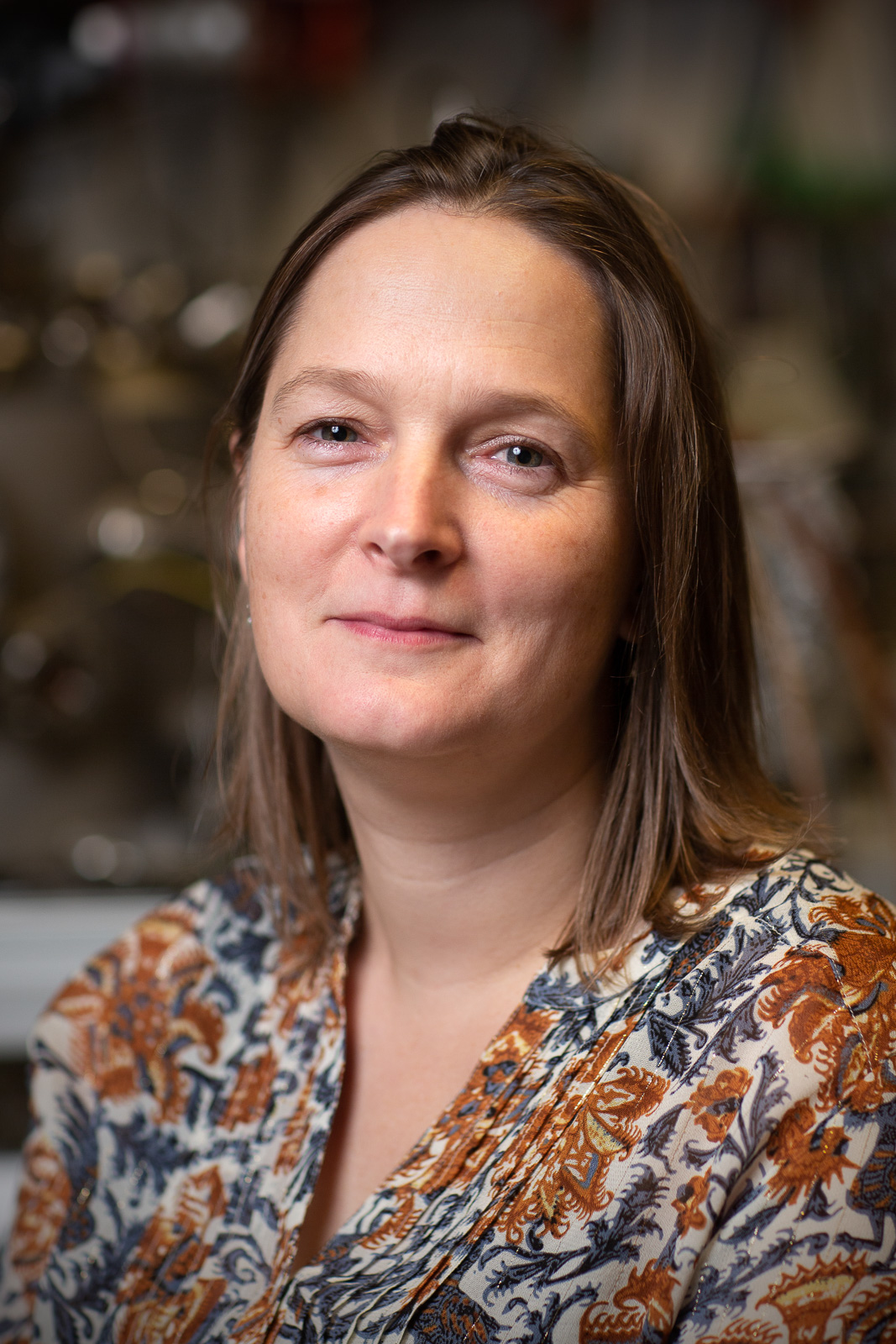New centre to find the origins of life in space
With DKK 67.4 million (EUR 8.9 mill.) from the Danish National Research Foundation, professor Liv Hornekær at Aarhus University will establish Center for Interstellar Catalysis, in order to find out how and when the building blocks of life formed in the universe.

Is there life out there? Many of us probably think about this when we look up to the heavens on a starry night.
But there are some who think: I wonder whether the universe created sugar and fat before or after the stars and the planets?
No, it is not about combining philosophy with the Great Bake Off.
It is a deep and fundamental scientific question about the origin of life. Carbohydrates, fats and proteins are the building blocks of life, at least as we know them, and science has found them in both meteorites and comets. But how have these complex molecules arisen?
Complex chemistry in a cold vacuum
Can sugar, amino acids, fats and DNA bases be formed under the extreme conditions in interstellar space: in a vacuum with temperatures close to absolute zero? Or do they need pressure and heat from stars and planets?
This is the first question that the new basic research centre, InterCat, at Aarhus University will try to answer.
The researchers at the Center for Interstellar Catalysis will explore the molecular conditions that triggered the origins of life in the entire universe. They will be testing the hypothesis that nano-sized interstellar dust particles act as catalysts in chemical processes that cause gases in space to form complex molecules.
Universal or local life?
"If we find out that the DNA bases and amino acids on which life on Earth is based can easily arise under interstellar conditions, this will indicate that chemical developments have been the same in other places in the universe, and that the molecular building blocks of life as we know them can be widespread throughout the universe," says the head of InterCat, Professor Liv Hornekær from the Department of Physics and Astronomy at Aarhus University.
"And if we find out that other types of DNA bases, amino acids and biologically relevant molecules can be formed even easier, this will indicate that local conditions, e.g. on Earth can put strong chemical limitations on the way in which life evolved," she adds.
When the researchers have found out what conditions are required to form the building blocks of life, they will start investigating the second question: how the formation of stars and planets influences the development of complex molecules.
Interstellar conditions in laboratories
In order to find the answers, the researchers will try to reproduce interstellar conditions in laboratories.
They will expose carbon-containing, silica-and-ice-covered nano-particles similar to interstellar dust to their entire toolbox of heterogeneous nano-catalysis to see, step by step, how the complex molecules are formed.
InterCat will consist of a team of leading experts within the fields of surface science, nanoscience, heterogeneous catalysis and astrochemistry.
Artificial intelligence, or machine learning, will also play a crucial role. Machine learning with evolutionary algorithms and cluster techniques is revolutionizing predicting the course of catalysis processes.
InterCat’s research will not only provide an understanding of the catalytic reactions leading to the formation of molecules that have already been identified in space. It will also lead to predictions of previously unseen molecular species, according to the description of the center.
Key participants in InterCat:
Professor Liv Hornekær,
Department of Physics and Astronomy,
Aarhus University
Mail: liv@phys.au.dk
Mobile: +45 6166 3133
Professor Harold Linnartz
Head of the Laboratory for Astrophysics,
Leiden University, the Netherlands
Professor Bjørk Hammer
Department of Physics and Astronomy
Aarhus University
Professor Ewine F. van Dishoeck,
Leiden Observatoriet,
Leiden University, the Netherlands
Please read about the Danish National Research Foundation's investment here.
